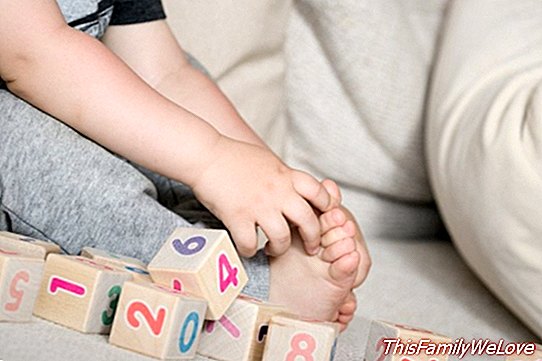Games and toys to learn while playing

The game is fundamental for the cognitive development of children and is the best way to relate to their environment. Playing not only have fun, but also the latest studies indicate that the children who play the most are those who then manage to learn more and better when they are introduced to the regulated educational system.
Guided play and children's learning
It is easy to get children to learn by playing when the game is guided. This type of game allows the adult to direct the dynamics towards the concepts that they want to teach. At other times, it is better for the child to feel free to develop his game without taking external guidelines into account.
The game helps children acquire many skills that can help them when they start compulsory education, such as paying attention, being constant and controlling their emotions.
Neuroscientists already know that a child younger than seven or eight years old is better able to learn with exploration than for a didactic explanation. Therefore, by allowing them to play and explore their environment, we are helping them learn more than by forcing them to listen to a lesson sitting.
The advantages of the game for children
Games have many advantages, such as motivating children to continue exploring or allowing the little one to "lose" without having major consequences in his life. Through playful activities a child can understand roles that he will then use in real life, such as when he plays at stores or professions.
There are many toys that can help children learn:
1. The constructions. They facilitate coarse mobility, balance and improve the spatial vision of the students. In a kindergarten, the use of buildings has hundreds of didactic applications, from the learning of colors, to mathematics and even symbolic play.
2. The dolls. With them, children can learn the parts of the human body and can interpret scenes that have happened with their parents or that are daily.
3. Obstacles Simple obstacle courses allow children to learn to move, to wait their turn, develop their spatial vision and improve their psychomotor skills by having to dodge the elements that constitute the circuit.
In this activity you can use hoops, pikes, plastic bricks or ropes that will challenge the children to draw them, either in competition with the rest of the students or struggling to do so in the shortest possible time. Also, while placing the obstacles, you can review the colors and names of each of the elements.
4. Puzzles They are another classics of didactic games. With them children learn fine motor skills and improve their attention, while exercising patience. They can assemble them in a cooperative way, with which they would learn to work in teams and also have to pay attention to the details to match the adjacent pieces.




